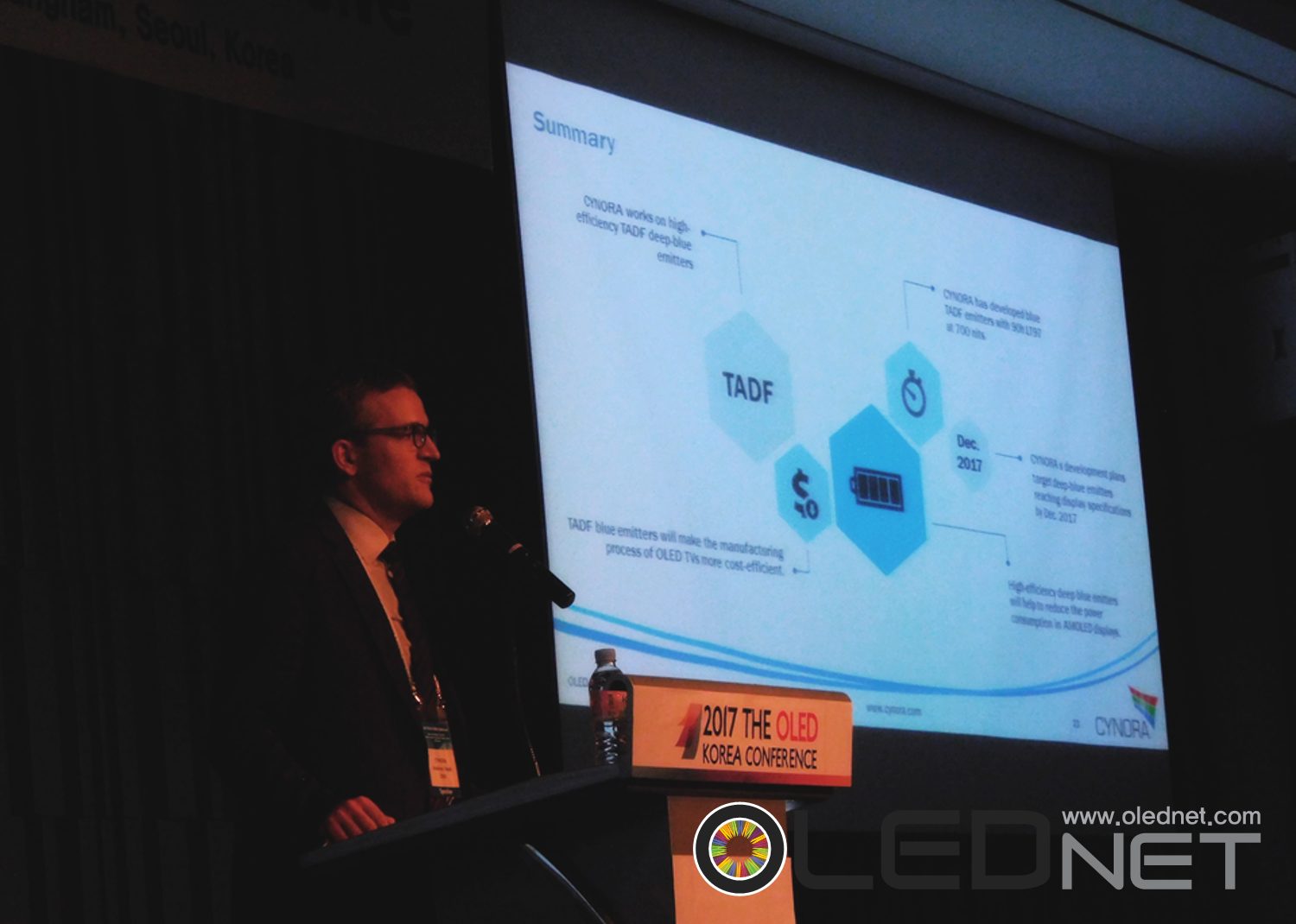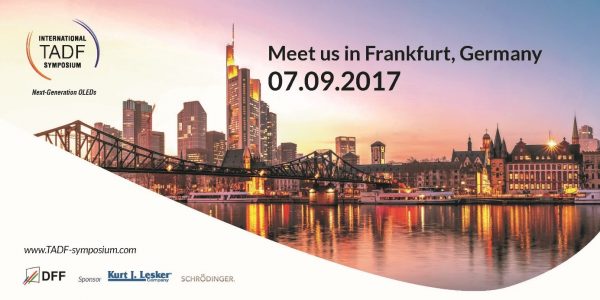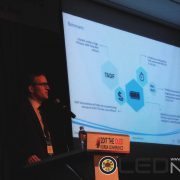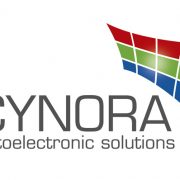
During the 3rd OLED KOREA CONFERENCE, Andreas Haldi of CYNORA presented the research result and future development direction with the topic on Efficient blue TADF emitter: material in high demand.
Andreas Haldi said that he did an in-depth anaylsis on the spectrum characteristic development of deep-blue TADF emitter classification and the interaction between host and guest. He revealed that the EQE (1000nits) of the deep-blue TADF emitter improved from 15% to 24% and life time (500nits) rose to 1000h from 300h.
However, it was mentioned that the efficiency and life time showed a decrease due to material quenching when applying the deep-blue TADF emitter to the OLED. He added that in order to resolve this problem, CYNORA is doing a joint development with a panel company and plans to reach a minimum of 0.2 for CIEy, above 15% for EQE(1000nits), more than 100h for LT97(700nits) by 2017, which is the aim for mass producing a mobile and TV deep-blue TADF emitter.
Andreas Haldi revealed and expected that in the case of using the improved deep-blue TADF emitter, the production unit price and power consumption decreases and at the same time makes it possible to produce an improved OLED display resolution which can be used in large vacuum processing lines of main panel production companies.
He also presented that with the device based light-blue TADF emitter a host and stack which can apply material refining technology and injection, layer, transport layer, and blocing layer was developed.
He ended with that in regard to the future direction of the blue-emitter development it will improve the EL peak to its fullest and set a goal and develop a deep-blue TADF emiiter that has 60nm FWHM and 460nm wavelength range.
As the leading company that has actively done studies on TADF material for many years, CYNORA is focusing on blue emitter material which is the biggest issue of improving the performance of OLED displays.





